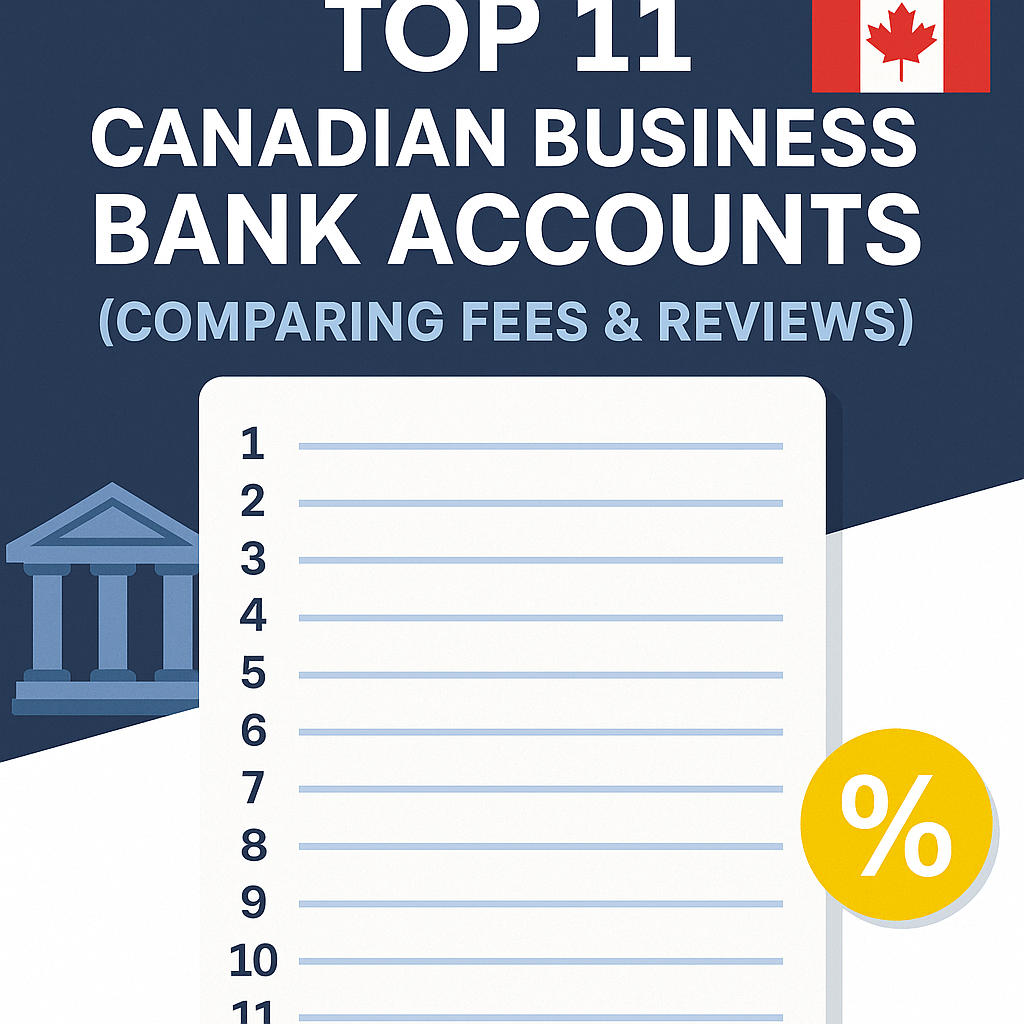GOOGLE ADS MANAGEMENT
ALL SERVICES- GRAPHIC DESIGN & BRANDING
➥ WEBSITE DESIGN TORONTO
➥ TORONTO LOGO DESIGN
➥ BROCHURE GRAPHIC DESIGN
➥ INFOGRAPHIC DESIGN
➥ BUSINESS CARD DESIGN
➥ PACKAGE DESIGN TORONTO
➥ ILLUSTRATION DESIGN
➥ ADVERTISING POSTER DESIGN
➥ BRANDING STRATEGY & SERVICES- ➤ VIEW ALL SERVICES
WEB DEVELOPMENT & SUPPORT
➥ CUSTOM WEB DESIGN TORONTO
➥ ECOMMERCE WEBSITE DESIGN TORONTO
➥ WEBSITE MAINTENANCE SERVICES
➥ SHOPIFY WEBSITE DESIGN
➥ SHOPIFY EXPERTS TORONTO
➥ WORDPRESS DEVELOPMENT
➥ WORDPRESS MAINTENANCE- ➤ VIEW ALL SERVICES
WEBSITE MARKETING & CONTENT
➥ SEO PACKAGES TORONTO
➥ TORONTO SOCIAL MEDIA AGENCY
➥ CONTENT MARKETING TORONTO
➥ PPC MANAGEMENT TORONTO
➥ AFFILIATE MARKETING CANADA
➥ STRATEGIC CONSULTATION- ➤ VIEW ALL SERVICES
ABOUT
RESOURCES- LET’S CHAT
Questions? Call us at
647-348-4995

GOOGLE ADS MANAGEMENT
ALL SERVICES- GRAPHIC DESIGN & BRANDING
➥ WEBSITE DESIGN TORONTO
➥ TORONTO LOGO DESIGN
➥ BROCHURE GRAPHIC DESIGN
➥ INFOGRAPHIC DESIGN
➥ BUSINESS CARD DESIGN
➥ PACKAGE DESIGN TORONTO
➥ ILLUSTRATION DESIGN
➥ ADVERTISING POSTER DESIGN
➥ BRANDING STRATEGY & SERVICES- ➤ VIEW ALL SERVICES
WEB DEVELOPMENT & SUPPORT
➥ CUSTOM WEB DESIGN TORONTO
➥ ECOMMERCE WEBSITE DESIGN TORONTO
➥ WEBSITE MAINTENANCE SERVICES
➥ SHOPIFY WEBSITE DESIGN
➥ SHOPIFY EXPERTS TORONTO
➥ WORDPRESS DEVELOPMENT
➥ WORDPRESS MAINTENANCE- ➤ VIEW ALL SERVICES
WEBSITE MARKETING & CONTENT
➥ SEO PACKAGES TORONTO
➥ TORONTO SOCIAL MEDIA AGENCY
➥ CONTENT MARKETING TORONTO
➥ PPC MANAGEMENT TORONTO
➥ AFFILIATE MARKETING CANADA
➥ STRATEGIC CONSULTATION- ➤ VIEW ALL SERVICES
ABOUT
RESOURCES- LET’S CHAT
Questions? Call us at
647-348-4995

GOOGLE ADS MANAGEMENT
ALL SERVICES- GRAPHIC DESIGN & BRANDING
➥ WEBSITE DESIGN TORONTO
➥ TORONTO LOGO DESIGN
➥ BROCHURE GRAPHIC DESIGN
➥ INFOGRAPHIC DESIGN
➥ BUSINESS CARD DESIGN
➥ PACKAGE DESIGN TORONTO
➥ ILLUSTRATION DESIGN
➥ ADVERTISING POSTER DESIGN
➥ BRANDING STRATEGY & SERVICES- ➤ VIEW ALL SERVICES
WEB DEVELOPMENT & SUPPORT
➥ CUSTOM WEB DESIGN TORONTO
➥ ECOMMERCE WEBSITE DESIGN TORONTO
➥ WEBSITE MAINTENANCE SERVICES
➥ SHOPIFY WEBSITE DESIGN
➥ SHOPIFY EXPERTS TORONTO
➥ WORDPRESS DEVELOPMENT
➥ WORDPRESS MAINTENANCE- ➤ VIEW ALL SERVICES
WEBSITE MARKETING & CONTENT
➥ SEO PACKAGES TORONTO
➥ TORONTO SOCIAL MEDIA AGENCY
➥ CONTENT MARKETING TORONTO
➥ PPC MANAGEMENT TORONTO
➥ AFFILIATE MARKETING CANADA
➥ STRATEGIC CONSULTATION- ➤ VIEW ALL SERVICES
ABOUT
RESOURCES- LET’S CHAT
Questions? Call us at
647-348-4995

GOOGLE ADS MANAGEMENT
ALL SERVICES- GRAPHIC DESIGN & BRANDING
➥ WEBSITE DESIGN TORONTO
➥ TORONTO LOGO DESIGN
➥ BROCHURE GRAPHIC DESIGN
➥ INFOGRAPHIC DESIGN
➥ BUSINESS CARD DESIGN
➥ PACKAGE DESIGN TORONTO
➥ ILLUSTRATION DESIGN
➥ ADVERTISING POSTER DESIGN
➥ BRANDING STRATEGY & SERVICES- ➤ VIEW ALL SERVICES
WEB DEVELOPMENT & SUPPORT
➥ CUSTOM WEB DESIGN TORONTO
➥ ECOMMERCE WEBSITE DESIGN TORONTO
➥ WEBSITE MAINTENANCE SERVICES
➥ SHOPIFY WEBSITE DESIGN
➥ SHOPIFY EXPERTS TORONTO
➥ WORDPRESS DEVELOPMENT
➥ WORDPRESS MAINTENANCE- ➤ VIEW ALL SERVICES
WEBSITE MARKETING & CONTENT
➥ SEO PACKAGES TORONTO
➥ TORONTO SOCIAL MEDIA AGENCY
➥ CONTENT MARKETING TORONTO
➥ PPC MANAGEMENT TORONTO
➥ AFFILIATE MARKETING CANADA
➥ STRATEGIC CONSULTATION- ➤ VIEW ALL SERVICES
ABOUT
RESOURCES- LET’S CHAT
Questions? Call us at
647-348-4995
![]()
![]()
![]()

- August 5, 2020
-
Liam Hunt
There’s only one rule of business copywriting. Whether you follow this rule can make the difference between closing a sale and letting a lead slip away.
Joseph Sugarman literally wrote the book on modern copywriting. In his seminal guide The Adweek Copywriting Handbook, Sugarman explains that the first and most important rule of copywriting is to hook the reader with the first sentence.
Why? To get them to read the second sentence, of course.
This is the foundational rule of direct response copywriting, but also of writing email copy, newsletters, and social media posts. Although this timeless rule has been praised as gospel for generations, there are plenty more where that came from. Below, I’ll highlight my top tips and tricks for taking your copywriting game to the next level.
- Sweat The Small Stuff
Sometimes it’s best to go against the grain and sweat the small stuff. No matter how petty or insignificant they may seem, minor typos and errors can inflict a major blow to your reader’s perception of your skill and professionalism.
Before finalizing anything you write, run it through copyediting software such as Grammarly and Hemingwayapp to ensure it’s error-free. Be on the lookout for the following common culprits when it comes to typographical errors:
- Overuse of passive voice (“The copy was written by Amine” [Passive] vs. “Amine wrote the copy” [Active])
- Dangling or squinting modifiers at the start of sentences
- Fragmented or incomplete sentences missing a subject or verb (e.g., “Edited the copy” [Fragment] vs. “Amine edited the copy” [Complete])
- Watch for homophone errors (e.g., confusing “their” and “there”)
- Watch for apostrophe errors (e.g. confusing “it’s” and “its”)
In my experience as a copywriter, I’ve found that writing in the passive voice is rarely effective. This is especially true if you’re writing advertising material. You want your writing to be punchy, direct, and to create a tight economy of language. Below, I’ve attached a chart that demonstrates the key differences between passive and active voices.
Source: Ashford Writing Centre
- Play Devil’s Advocate
Predict your reader’s objections. Then, respond to them. Consumers are naturally skeptical of promises made by advertisers and salespeople. As they read your copy, they’re bound to come up with a litany of questions or objections regarding the veracity of your claims.
It’s your job as a copywriter to foresee where your readers’ doubts lie, and to put them to rest without backtracking or contradicting yourself.
Let’s pretend you’re selling a sports and exercise supplement containing creatine monohydrate. In your copy, you claim that your product leads to major strength and endurance improvements in the gym. Right off the bat, your reader will raise doubts about whether this is true. So, in the next paragraph, voice the question yourself by writing:
“You may be wondering: Are there any scientific studies that support our product?”
Then, cite one of the many scientific research studies that confirm the strength and endurance benefits of creatine. Don’t leave the reader with any lingering questions after they’re finished reading your copy.
- Let Your Conclusions Conclude
The final sentences of your copy are critical—don’t let them become an afterthought. The mark of poor copywriting is an unconvincing, unpersuasive, or repetitive conclusion. Avoid this by drawing a clear and definite verdict in your conclusion. If you’re writing sales copy, include a call to action by inviting an immediate response from the reader.
Create a sense of urgency in your conclusion. Implore your reader to click now, contact today, or find out more before the offer expires. Always inspire action in your conclusion, and remind them that their response is time-sensitive.
- Don’t Overoptimize Your Copy
Effective copywriting and search engine optimization (SEO) rarely go hand-in-hand. Too often, optimized SEO content is stuffed with keywords that feel unnatural in context. Readers typically notice when one’s copy is written for search engines and algorithms instead of human beings—as you would expect, it’s a big turn-off. To prevent this, use a natural voice and don’t stuff keywords or phrases in unnatural positions on the page.
- Shorten Your Introductions
There are times where it’s appropriate to be wordy and long-winded, but your introduction isn’t one of them. Keep them tight, intriguing, and to the point. Don’t rely on canned phrases, cliches, or generic ledes like “Ready to find out more?” Instead, cut to the chase. Dive right into the meat and potatoes of your copy without holding the reader’s hand at every step.
- Remember, Reading Is A Visual Experience
Short paragraphs stand out.
Although they don’t have to be that short, there are few tools in a writer’s toolkit more effective than a sudden instance of brevity. Reading is, ultimately, a visual experience. How your text appears on the page is important. Run-on walls of text are a major no-no if you want to keep your reader engaged. Similarly, short sentences and paragraphs instantly capture attention.
A Final Word
When it comes to direct response copywriting, the devil truly is in the details. No sentence is immune to mistakes, and it only takes one error to lose your reader’s confidence. To craft perfect copy, it’s crucial that you proofread and edit relentlessly to ensure that your text is error-free.
The truth is, crafting the perfect copy is more of an art than a science. For some, writing confident copy is borderline impossible. Some get tongue-tied the moment their fingers touch the keys or get lost when putting their ideas into words.
Luckily, there’s another option available if you’re struck by writer’s block. Hiring professional content creation services takes all the heavy lifting out of copywriting. Whether you need a newsletter prepared, a direct response copywriting letter crafted, or a simple social media post captioned, content creators can compose copy that converts.
Liam Hunt, M.A., is a writer and digital marketing specialist whose writing has appeared in the Vancouver Sun, Asia Times, and US News and World Report.
RECENT POSTS
- Top 11 Canadian Business Bank Accounts (Comparing Fees & Reviews)
- PolicyMe – Legit Canadian Insurance Policy? Let’s Review…
- 10 Small Business Loans & Financing Options in Ontario
- Top 8 Small Business Insurance Providers in Canada (2025)
- SCAM ALERT: How a Fake Google Ads Inquiry Nearly Got Us (And How to Protect Yourself)

Ready to chat about how Little Dragon Media can enhance your business?
Call us now at 647-348-4995 or

OUR AWARDS & CERTIFICATIONS






WHAT OUR CLIENTS ARE SAYING



Little Dragon Media's professionalism and commitment to delivering excellence are truly commendable. I highly recommend their services... Thank you for your stellar work!
- Delna Bharucha

Little Dragon Media worked on developing our logo and website. They did an absolutely AMAZING job on both projects. These guys ROCK and you won't be disappointed.
- Sonia Nutt

My team had a great experience working with Little Dragon Media. We will certainly engage with Little Dragon Media for any additional projects in the future. Highly recommend!
- Carly Rooney



- 682A St-Clair West Toronto, ON M6C 1B1
- (647)-348-4995
- info@littledragon.ca
MOST POPULAR SERVICES
RECENT POSTS
GET MORE CLIENTS
Don't let your competitors take over. We'll help you climb to the top and get more clients.



- 682A St-Clair West Toronto, ON M6C1B1
- (647)-348-4995
- info@littledragon.ca
MOST POPULAR SERVICES
RECENT POSTS
GET MORE CLIENTS
Don't let your competitors take over. We'll help you climb to the top and get more clients.

Contact | Press Mentions | Privacy Policy | Terms of Service
© 2024 Little Dragon Media. All Rights Reserved.







Pingback: Αποφύγετε αυτά τα 6 κοινά λάθη σχεδιασμού προσαρμοσμένου ιστότοπου το 2022 - efepi